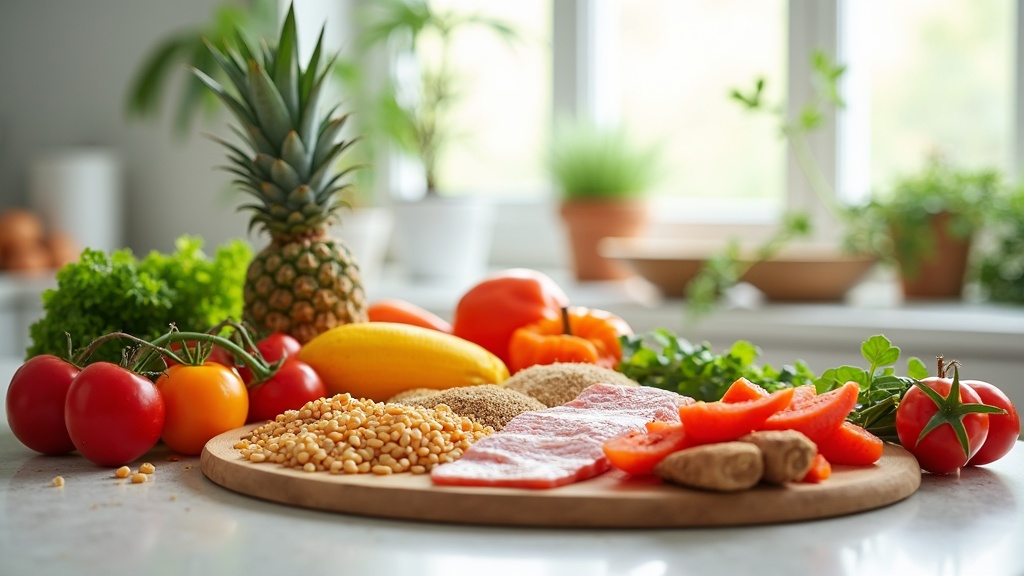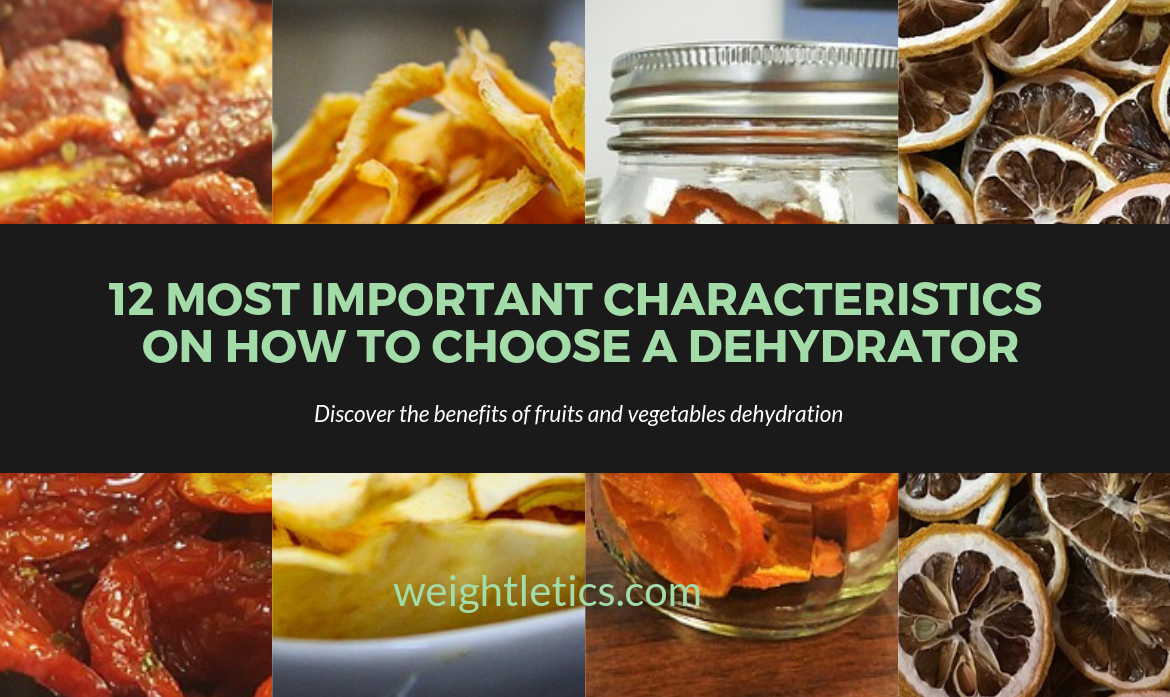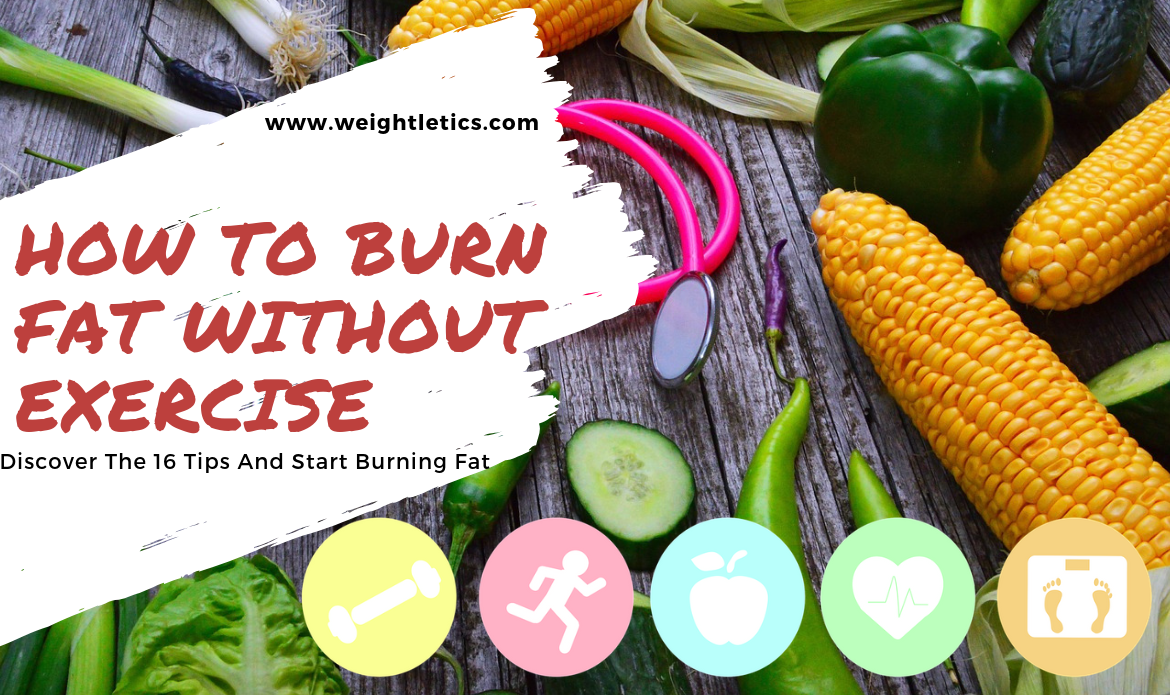Visceral fat is the deep belly fat that you can’t always see, but it can really mess with your health. It wraps around your organs and drives up the risk for issues like heart disease, type 2 diabetes, and even some cancers. The frustrating thing? You can’t spot-reduce visceral fat, but what you eat makes a big difference.
If you’re looking to trim your waistline and get healthier, a smart diet is the way to go. With the right approach, you can lose inches, boost your energy, and take stress off your body’s organs. These food choices can start making a difference quickly, giving you a real boost both inside and out.
This guide walks you through everything you need to know about creating an effective visceral fat diet plan: what to eat, what to avoid, and easy swaps that help you see results. Along with smart food choices, you’ll get helpful strategies for building lasting habits and picking up extra health benefits along the way.
- TL;DR
- Understanding Visceral Fat: The Basics
- Top Foods to Eat on a Visceral Fat Diet Plan
- Foods and Habits to Avoid
- Simple Diet Strategies for Quicker Results
- How Long Until You See Results?
- Key Points for a Visceral Fat Diet Plan
- FAQ:
- Bottom line
TL;DR
Visceral fat sits deep in your abdomen and is tied to chronic diseases.
While exercise helps, upgrading your diet is super important. Focus on whole foods, more protein and fiber, and fewer processed carbs and sugar.
Consistency brings the best results, so steady changes work better than crash diets.
Understanding Visceral Fat: The Basics
Visceral fat is different from the fat you can pinch just under your skin. It’s stored deep inside, wrapped around organs like your liver and intestines. Having too much isn’t just about looks. It actually affects your body’s hormones and causes inflammation. Over time, this inflammation can impact everything from your immune system to your mood.
The good news is, visceral fat is usually more responsive to healthy changes than subcutaneous fat. Swapping up your eating habits can start making a difference pretty quickly. Your internal organs may get relief as you lose extra fat, which can lead to more energy and less risk for serious conditions.
How Visceral Fat Impacts Health
- Heart Health: Raises blood pressure and cholesterol.
- Insulin Resistance: Messes with blood sugar control.
- Liver Stress: Increases risk for fatty liver disease.
- Hormonal Changes: Promotes appetite and fat storage.
It’s worth working on for more than just your appearance, it’s about your overall health and how you feel every day. By taking charge of your diet, you support your mind and mood as much as your body.
Top Foods to Eat on a Visceral Fat Diet Plan
The best foods for losing visceral fat keep your blood sugar and appetite in check, give you steady energy, and pack in nutrients. Here’s what to pile on your plate for a real difference:
- Lean Proteins: Chicken, turkey, fish, tofu, eggs, and Greek yogurt keep you full and help preserve muscle as you lose fat.
- Nonstarchy Veggies: Leafy greens, broccoli, peppers, carrots, and cauliflower are low in calories and carbs but high in fiber and vitamins.
- Whole Grains: Oats, quinoa, brown rice, and farro break down slowly and give you longlasting energy. Skip white bread and regular pasta when you can.
- Healthy Fats: Avocado, nuts, seeds, olive oil, and fatty fish (like salmon) support metabolism and keep you satisfied.
- Lowsugar Fruits: Berries, apples, and citrus are packed with nutrients and a sweet treat for dessert or snacks.
- Legumes: Beans, lentils, and chickpeas bring fiber and protein to help you stay full between meals.
Beyond these core foods, including spices and herbs like turmeric and ginger can also give your meals a nutritional lift while helping your body manage inflammation better. Remember, hydration matters too: water, herbal tea, and sparkling water are excellent options to keep you feeling your best.
Sample Day of Eating for Visceral Fat Loss
- Breakfast: Greek yogurt with berries and a sprinkle of chia seeds
- Lunch: Grilled chicken salad with mixed greens, avocado, and olive oil vinaigrette
- Snack: Raw veggies with hummus or a handful of almonds
- Dinner: Baked salmon, roasted Brussels sprouts, and quinoa
- Optional Snack: Apple slices with a spoonful of peanut butter
If you enjoy smoothies, a blend of leafy greens, protein powder, and berries makes for a filling breakfast or snack that fights hunger and helps you stay the course.

Foods and Habits to Avoid
Certain foods and eating habits make visceral fat stick around, encouraging it to build up even more. Here’s what you should try to steer clear of to help your body burn off that stubborn belly fat:
- Refined Carbs and Sugar: White bread, sugary drinks, pastries, and candy cause your blood sugar to spike. This not only increases fat storage but can leave you craving more food soon afterward.
- Trans Fats: Found in some processed snacks and fast food, these are linked to increased visceral fat and overall health risks.
- Too Much Alcohol: Heavy drinking may cause your body to store extra fat around your midsection, so moderation is key.
- Large Portion Sizes: Eating much more than you need, even healthy foods, can slow your results.
Hidden Sugar Alert
Added sugars hide in sauces, cereals, energy bars, and even some “healthy” drinks. Be sure to read nutrition labels carefully so you don’t accidentally sabotage your hard work. Spreading out your meals and choosing whole foods helps you avoid these sneaky sugars.
Simple Diet Strategies for Quicker Results
- Plan Balanced Meals: Include protein, fiber, and healthy fat with every meal so you can avoid cravings and keep from overeating.
- Eat Mindfully: Slow down, actually taste your food, and pause before deciding if you need more. It takes a few minutes for your stomach to signal your brain that you’re full.
- Stay Hydrated: Drinking water before meals is a simple way to help with portion control and ease digestion.
- Limit Snacking at Night: Most nighttime snacks are loaded with sugar and processed carbs. Save those for an occasional treat, not a nightly habit.
- Meal Prep: Prepping healthy options during the week makes choosing better foods easier when you’re in a rush and hungry.
Having a support system, whether that’s a group of friends, a partner, or an online community, can really help keep you motivated and accountable as you work on eating habits for better health.
How Long Until You See Results?
Visceral fat usually responds well to diet and lifestyle changes in just a few weeks. Most people notice a boost in energy and looser-fitting clothes before the number on the scale changes. Staying consistent is crucial. Making these eating habits part of your new everyday routine is the real key to results.
Keep in mind, it’s not just about weight. Sometimes, the way your waistline changes or how you feel each day is an even better signal that you’re making progress.

Key Points for a Visceral Fat Diet Plan
- Visceral fat raises health risks but truly responds to healthy eating changes.
- Focus on lean protein, fiber rich veggies, whole grains, and healthy fats daily.
- Avoid extra sugar, refined carbs, and trans fats for best results.
- Use simple swaps, mindful eating, meal prep, and support to stay on track.
- Results show up over time with steady efforts, no need to stress about perfection.
FAQ:
Can I lose visceral fat without exercise?
Yes, your diet makes a huge difference. While exercise helps speed things up and improves overall wellness, a smart eating plan goes a long way on its own. Even small upgrades in your food choices can help whittle away belly fat.
Do low carb diets work for reducing visceral fat?
They can help because they usually lower total calorie intake and stop blood sugar from spiking. You don’t have to cut out all carbs, though. Choosing whole grains, veggies, and legumes gives you long lasting energy and still supports fat loss.
Is fruit OK when trying to lose belly fat?
Yes, most fruits are fine in moderation, especially low sugar types like berries and citrus. If you find your weight loss slows, think about watching portions of higher-sugar fruits such as bananas and grapes.
What’s the best way to measure visceral fat?
Changes in your waistline are one good signal, but for a super accurate check, you’d need a scan (like DEXA). For most people, losing inches and simply feeling better are great signs that you’re on the right track.
Bottom line
Switching to a visceral fat friendly diet plan isn’t just about appearances, it’s about boosting your energy, lowering long term health risks, and actually feeling good in your own skin. Day to day choices with your meals, snacks, and drinks add up over time. By picking filling, whole foods and staying steady with new habits, you give yourself the best shot at dropping extra belly fat and keeping it off for good.
Have you tried any of the strategies before? Which one worked? I’ll be happy for share ideas, just leave a comment.



